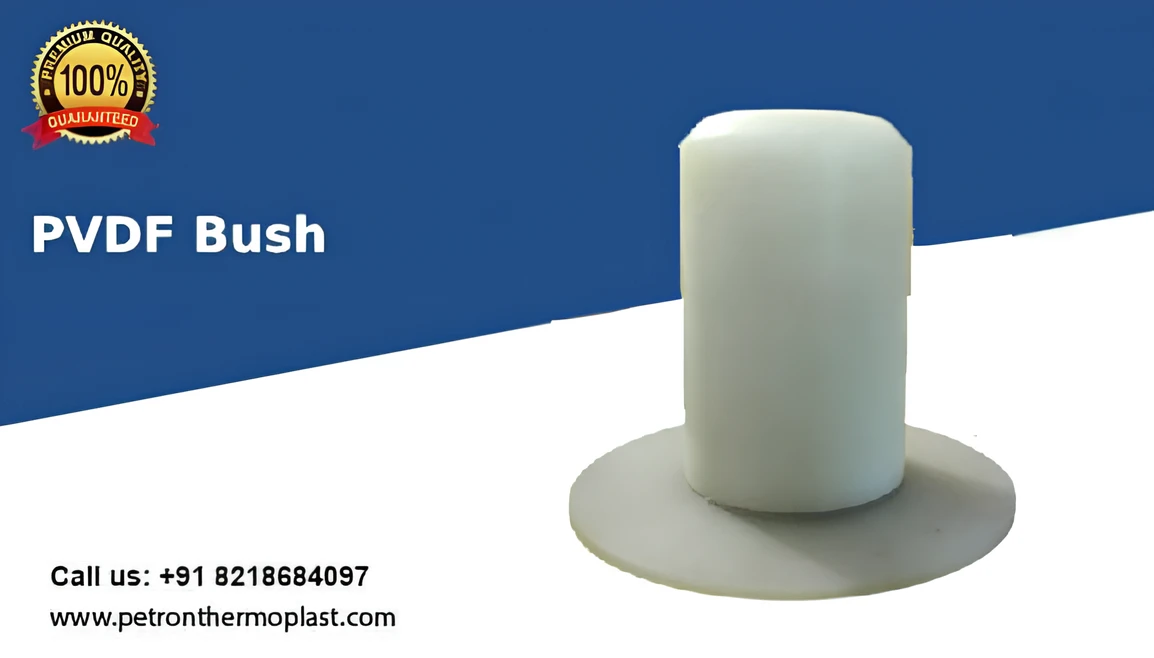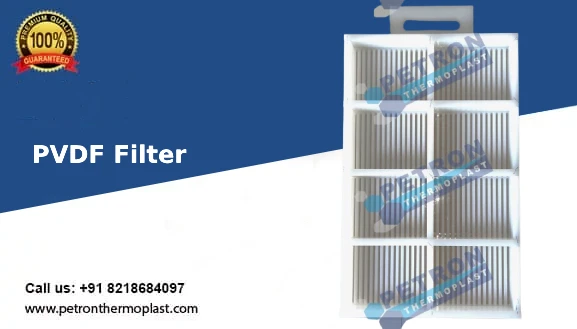
PVDF Spool
PVDF (Polyvinylidene fluoride) spools are commonly used in various industrial applications, particularly in the field of fluid handling and chemical processing. Below are some technical details you might find useful for a PVDF spool:
Material Specifications:
- Material: PVDF (Polyvinylidene fluoride)
- Density: Typically around 1.78 g/cm³
- Melting Point: Approximately 170-175°C (338-347°F)
- Tensile Strength: 40-60 MPa
- Elongation at Break: 50-150%
- Chemical Resistance: Excellent resistance to a wide range of chemicals, acids, and solvents.
Temperature and Pressure Ratings:
- Temperature Range: PVDF is known for its high-temperature resistance, making it suitable for applications in a wide temperature range, from sub-zero to elevated temperatures.
- Pressure Rating: Specify the maximum operating pressure the spool can handle.
Dimensions:
- Diameter: Specify the outer and inner diameters.
- Length: Provide the overall length of the spool.
- Wall Thickness: Indicate the thickness of the PVDF material used in the spool.
Connections:
- Specify the type of connections on both ends of the spool (e.g., threaded, flanged) and the standard used (ANSI, DIN, etc.).
Color:
- PVDF spools are typically available in a natural, translucent color. However, custom colors may be available upon request.
Manufacturing Process:
- PVDF spools are often manufactured through processes like injection molding or extrusion, ensuring consistent quality and dimensional accuracy
Additional Features:
- If the spool has any special features such as UV resistance, flame retardancy, or specific reinforcements, provide details about those.
Maintenance and Care:
- Include any recommended maintenance procedures and guidelines for handling and storing PVDF spools to ensure their longevity.
Applications:
- PVDF spools are commonly used in chemical processing, water treatment, semiconductor manufacturing, and other industries where excellent chemical resistance and thermal stability are crucial.
Compliance and Certifications:
- Ensure that the PVDF spools comply with relevant industry standards and regulations. Certifications such as NSF, FDA, or others may be applicable depending on the specific application.
Always consult with the manufacturer or supplier for the most accurate and up-to-date technical details specific to the PVDF spool you are considering for your application.

PVDF Bush
Polyvinylidene fluoride (PVDF) is a suitable material for use in high-temperature and corrosive environments, such as a Sulphuric acid line. PVDF possesses excellent chemical resistance, thermal stability, and mechanical strength. When designing a PVDF bush for use in a Sulphuric acid line, it’s important to consider factors such as dimensions, installation, and temperature conditions. Here’s a basic outline for creating a PVDF bush for this application:
Material Selection:
- PVDF is chosen for its excellent chemical resistance to Sulphuric acid and high-temperature stability.
- Ensure the PVDF material complies with relevant industry standards and specifications.
Dimensions:
- Determine the appropriate dimensions based on the specific requirements of your Sulphuric acid line.
- Consider factors such as inner and outer diameters, length, and tolerances.
Testing and Quality Control:
- Implement a rigorous testing process to ensure the PVDF bush meets all specified requirements.
- Conduct quality control checks to verify dimensions, material integrity, and chemical resistance.
Surface Finish:
- Consider the required surface finish to minimize friction and facilitate ease of installation.
- Smooth surfaces help in reducing the chances of material buildup and corrosion.
Installation:
- Design the bush for easy installation and removal, ensuring a secure fit within the Sulphuric acid line
- Include features such as flanges or grooves for proper alignment.
Compliance:
- Ensure that the PVDF bush complies with relevant industry standards and regulations for materials used in Sulphuric acid lines.
Manufacturing Process:
- Select an appropriate manufacturing process, such as injection molding or machining, depending on the complexity and quantity of the bush required.
- Ensure that the manufacturing process maintains the integrity and chemical resistance of the PVDF material.
Temperature Considerations:
- PVDF is known for its high-temperature resistance, but it's essential to consider the specific temperature conditions in your Sulphuric acid line.
- Ensure that the PVDF bush can withstand the maximum temperature of the application without compromising its structural integrity.
Chemical Resistance:
- Confirm that the PVDF material is resistant to Sulphuric acid concentrations and any other chemicals present in the process.
- Consider the potential for chemical exposure over time and ensure the bush's longevity in such conditions.
Testing and Quality Control:
- Implement a rigorous testing process to ensure the PVDF bush meets all specified requirements.
- Conduct quality control checks to verify dimensions, material integrity, and chemical resistance.
Polyvinylidene fluoride (PVDF) is a thermoplastic polymer that possesses excellent chemical resistance, making it suitable for applications involving harsh chemicals like sulfuric acid. Here’s a description of a PVDF filter designed for use in a high-temperature line with corrosive water, such as sea water. Keep in mind that specific design details would depend on the exact requirements and conditions of your system.
Remember to consult with materials engineers and professionals familiar with the specific requirements of your Sulphuric acid line to ensure the design meets all safety and performance standards.

PVDF Filter
The PVDF filter is engineered for demanding applications involving both high temperatures and corrosive water, particularly in scenarios where sea water is a significant challenge. It provides robust filtration to ensure the integrity of downstream equipment and processes.
Material Composition:
- Housing: PVDF (Polyvinylidene Fluoride)
- Filter Element: PVDF with high-temperature resistance
- O-rings and Seals: FKM (Fluoroelastomer) for enhanced chemical compatibility
Temperature Resistance:
- Designed to withstand high temperatures encountered in industrial processes.
- Operating temperature range: [Specify the temperature range in degrees Celsius or Fahrenheit].
Applications:
- Suitable for industrial processes involving the filtration of sea water with high temperatures and aggressive chemicals.
- Ideal for use in petrochemical plants, refineries, and other corrosive environments.
Chemical Compatibility:
- Resistant to corrosive substances, including sulfuric acid and other aggressive chemicals present in sea water.
- Suitable for a wide range of industrial fluids.
Filtration Efficiency:
- Multi-layer PVDF filter element ensures high filtration efficiency.
- Micron rating tailored to the specific requirements of the application.
Pressure Rating:
- Designed to handle the pressure associated with high-temperature and high-corrosion environments
- [Specify pressure rating in PSI or bar].
Connection Options:
- Available with various connection options, including threaded, flanged, or custom connections to meet specific installation needs
Ease of Maintenance:
- Quick and simple disassembly for routine maintenance
- Clear housing allows visual inspection of the filter element
Corrosion Resistance:
- PVDF construction provides excellent corrosion resistance, ensuring long-term durability
Installation Guidelines:
- Install the filter in the line upstream of sensitive equipment or processes.
- Ensure proper support and bracing to handle the weight of the filter in high-temperature environments.
It’s crucial to consult with the manufacturer or a qualified engineer to tailor the filter design to the specific requirements of your system. Additionally, compliance with industry standards and regulations should be ensured during the design and installation.
